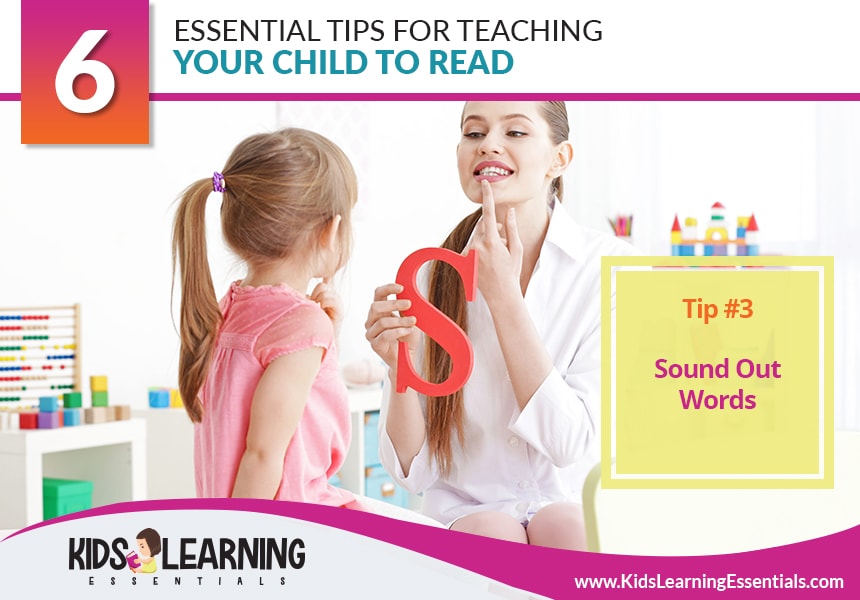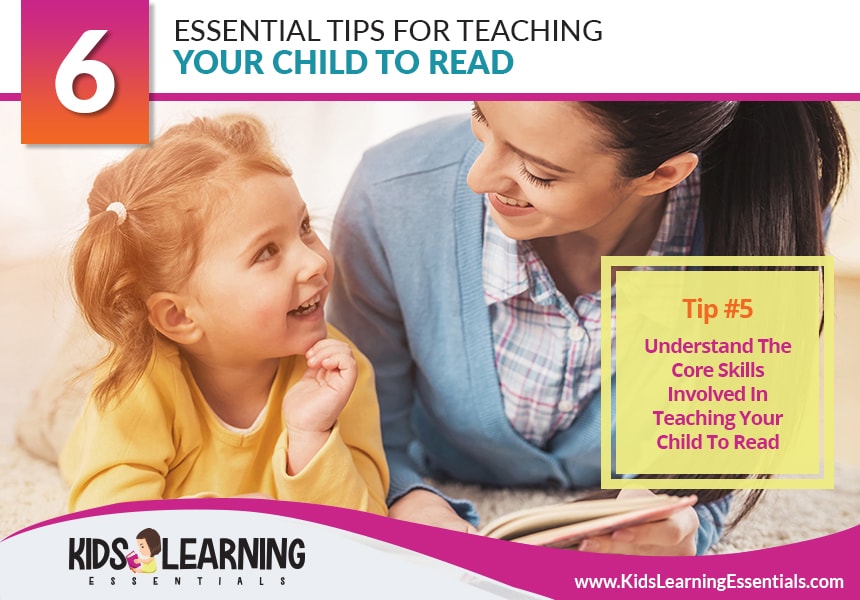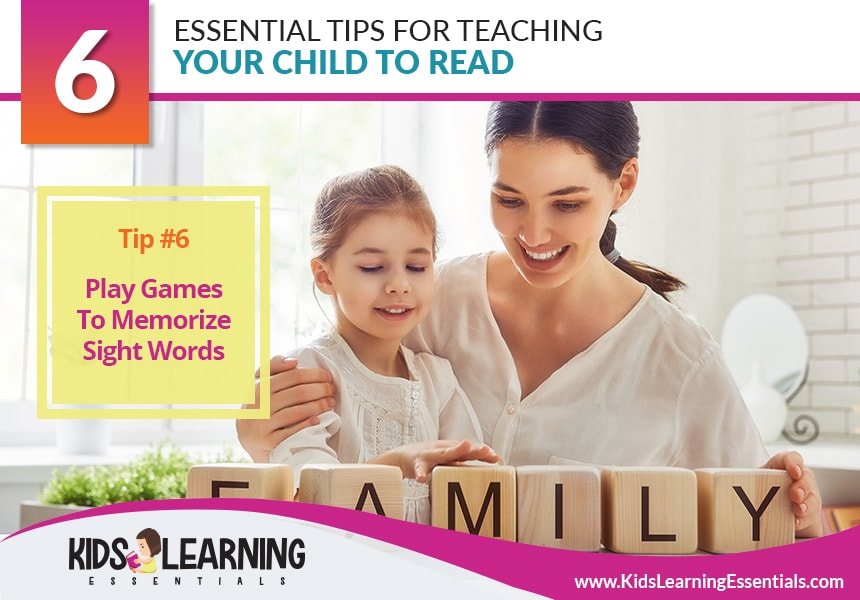
When it comes to literacy, guessing plays an important role in reading early. A child will have to know about ten letter names before they start kindergarten; a child that's ahead of the game can read entire words before entering kindergarten. To know letter names or read full terms, a child will have to deal with real letters and not just guess. If you are a parent and would like to teach your child how to read, this article gives you tips to help you how to do so. The good thing is that teaching your child is not complicated; you may be surprised to realize that you can help your child learn without knowing it.
Extensive reading can help a child succeed in academics, as the child will be able to know the speed needed to read different texts, something required for academic thriving. Additionally, extensive reading can help improve reading fluency. Apart from aiding a child academically, extensive reading can help a child succeed in other areas in life. Even though it is a complex process, building reading skills is straightforward and relatively simple. Here are tips to help you teach your child how to read while making reading seem positive and rewarding.

1Engage Your Child With Words
Expanding your kid's vocabulary makes reading easier. You can build your child's vocabulary by singing, talking, playing, cuddling, and in various other ways that involve words. For instance, when you and your child go grocery shopping, and you ask them to show you a particular fruit, e.g., an orange, you will be expanding their vocabulary. Remember that exposing your child to the language will boost their reading confidence.
Look for opportunities to build your child's vocabulary. For instance, you could expand your child's vocabulary when you walk together down the street. You can tell your child something like this, "Look at that man. He's running; he's wearing a red shirt." While this may look tedious, it is worth it, and it's an excellent way to help your child develop their vocabulary.

2Introduce Letters
Look for words in the world around you. Show your preschooler the forecast. Or when you go grocery shopping, ask them whether you have ice cream or apples in the grocery cart while looking at your shopping list. It helps your child know that the print has essential information. There are many words around you that you can use to expand your child's vocabulary.
Introduce the alphabet to your preschooler. Teaching your child to know the letters of the alphabet is the first and most crucial step in the reading process. Some of the best ways to introduce your preschooler to the alphabet include having big, foam puzzle letters and alphabet books at home, reading a roadside sign, reading a story, and showing them a cereal box, a storefront, or a billboard. For instance, if you see the first letter of your child's name anywhere, show them that letter. Make it fun so that the child can enjoy learning about that letter; as an example, you can ask your child to show you a big B that you see somewhere.

3Sound Out Words
Sounding out words has a powerful effect on a child's reading comprehension, as it engages them in the language. When your child sings, talks, rhymes, or when you read them a book, emphasize the sounds that letters make. For instance, if you read a book about snakes, highlight the letter S and draw out the "ess" sound as you say "snake." When it comes to learning letter names, saying the sounds is more effective than learning the letters. At times, if a preschooler is looking for a word that starts with the letter M, they will say "em" instead of "mmm," so knowing the name of letters of the alphabet sometimes gets in the way of learning how to sound out the words.
Teach your child word decoding; in case your child finds a term that they don't know, tell them how they can sound the word by breaking them down into smaller parts. For example, you can break the word dog like this: /d/…/o/…/g/. Teach your preschooler the phonemes, the single sound units distinguishing particular words from others, e.g., /t/…/ur/…/n/. The English vocabulary has 44 phonemes; you can get a phonemes chart online. Ensure that your child learns how to pronounce any new word they come across as well as the word's meaning to help them know "irregular" words just by sight.

4Use Songs And Nursery Rhymes To Build Phonemic Awareness
Apart from being a lot of fun, children's songs and nursery rhymes can teach a child how to read, as it enables them to hear the syllables and sounds in words. Clapping rhythmically together and reciting songs in unison are excellent ways to build phonemic awareness, which is a critical skill in learning how to read. These activities are fun, are unique ways to bond, and fantastic ways for kids to learn how to read.
Rhyming is the first and most vital step toward phonemic awareness. Playing with rhymes enables children to listen to the sounds within words and know the parts of the words. For instance, in the word mat, the /at/ sound is the same as that in the terms rat, cat, splat, and sat. Kids will often identify rhyming words before creating their rhymes later.

5Understand The Core Skills Involved In Teaching Your Child To Read
There are many skills involved in learning to read. The five essential components of reading include phonemic awareness, phonics, reading comprehension, fluency, and vocabulary. These components work harmoniously to create the reading experience. The child has to develop skills in these components to know how to succeed in reading.
The fact that there is a science behind reading means that learning how to read is not magic. It is vital to understand the fundamentals of reading instruction to help you teach your child how to read. Use fun activities to reinforce these critical skills, and you will encourage your child to read independently.

6Play Games To Memorize Sight Words
Sight words are those words that cannot be illustrated or sounded out but can be recognized when seen easily. Some of the most common sight words you see when reading or writing include I, you, are, we, and, had, the, to, they, have, was, where, and does. The strategy used when learning sight words is, "See the word, say the word."
Sight words are critical to reading, as memorizing them can make a child a fluent reader. At age 4, many children learn a few sight words like my, it, no, me, we, and see, and by the end of their first year of school, they learn about 20 sight words. However, keep in mind that children don't learn at the same pace. So it is good to avoid comparing your child to other children their age and try to make learning as enjoyable as possible instead.

Many people only think about the process of learning how to read when they start teaching their children at home. What they don't know is that learning how to read is not a process that comes naturally. It is a complex process that requires different strategies and skills like phonemic awareness and knowing the relationship between letters and sounds (phonics).
Reading should not be taught too hard to a point where it is difficult for a child to understand it. The focus needs to be on developing reading skills like spelling practice, phonemic awareness, grammar study, and vocabulary learning. Besides, those learning to read should be encouraged to read a lot.